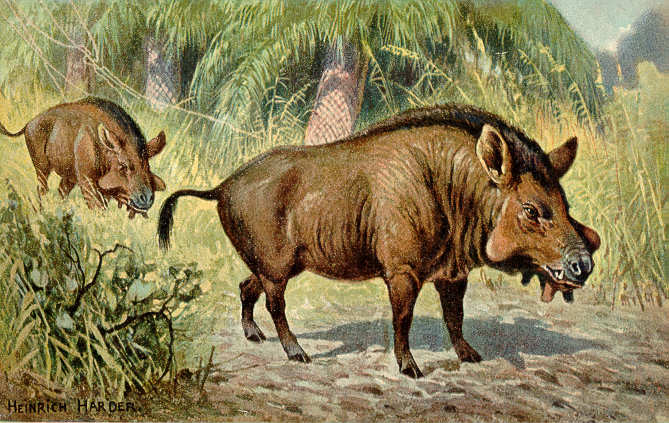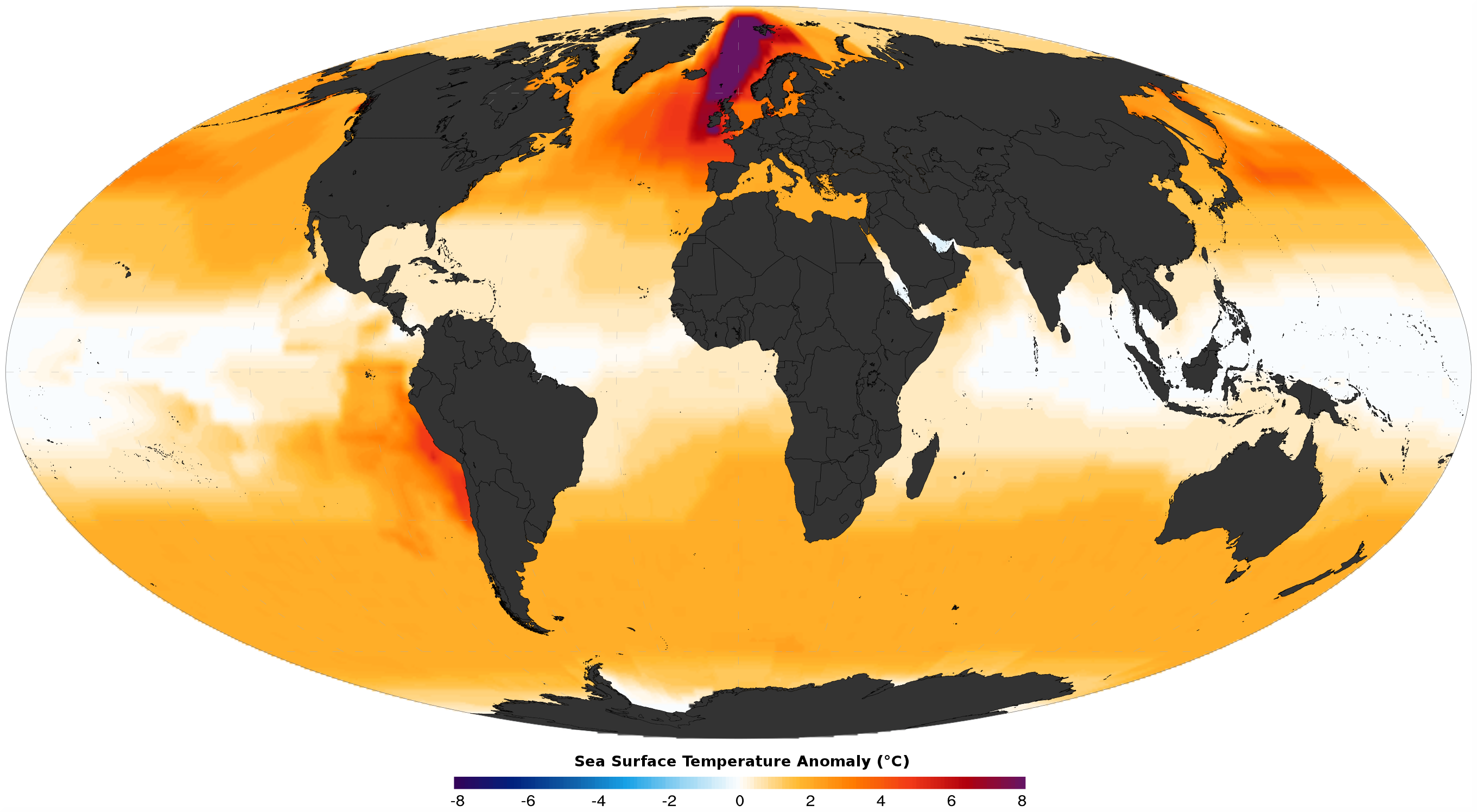|
Anancus
''Anancus'' is an extinct genus of "tetralophodont gomphothere" native to Afro-Eurasia, that lived from the Tortonian stage of the late Miocene until its extinction during the Early Pleistocene, roughly from 8.5–2 million years ago. Taxonomy ''Anancus'' was named by Auguste Aymard in 1855. It is traditionally allocated to Gomphotheriidae, often as the only member of the subfamily Anancinae. Recently, some authors have excluded ''Anancus'' along with other tetralophodont gomphotheres from Gomphotheriidae, and regarded them as members of Elephantoidea instead. Description Two largely complete individuals of ''Anancus arvernensis'' reached shoulder heights of around , with a volumetric estimate suggesting a body mass of around , comparable to living African bush elephants. The tusks were largely straight and lacked enamel (though enamel was present in juvenilesTheodorou, G., Spjeldnaes, N., Hanken, N. M., Lauritzen, S. E., Velitzelos, E., Athanassiou, A., et al. (2000). Des ... [...More Info...] [...Related Items...] OR: [Wikipedia] [Google] [Baidu] |
Gomphothere
Gomphotheres are an extinct group of proboscideans related to modern elephants. First appearing in Africa during the Oligocene, they dispersed into Eurasia and North America during the Miocene and arrived in South America during the Pleistocene as part of the Great American Interchange. Gomphotheres are a paraphyletic group ancestral to Elephantidae, which contains modern elephants, as well as Stegodontidae. While most famous forms such as '' Gomphotherium'' had long lower jaws with tusks, the ancestral condition for the group, some later members developed shortened (brevirostrine) lower jaws with either vestigial or no lower tusks and outlasted the long-jawed gomphotheres. This change made them look very similar to modern elephants, an example of parallel evolution. During the Pliocene and Early Pleistocene, the diversity of gomphotheres declined, ultimately becoming extinct outside of the Americas. The last two genera, '' Cuvieronius'' ranging southern North America to weste ... [...More Info...] [...Related Items...] OR: [Wikipedia] [Google] [Baidu] |
Gomphotheres
Gomphotheres are an extinct group of proboscideans related to modern Elephant, elephants. First appearing in Africa during the Oligocene, they dispersed into Eurasia and North America during the Miocene and arrived in South America during the Pleistocene as part of the Great American Interchange. Gomphotheres are a Paraphyly, paraphyletic group ancestral to Elephantidae, which contains modern elephants, as well as Stegodontidae. While most famous forms such as ''Gomphotherium'' had long lower jaws with tusks, the Plesiomorphy and symplesiomorphy, ancestral condition for the group, some later members developed shortened (brevirostrine) lower jaws with either vestigial or no lower tusks and outlasted the long-jawed gomphotheres. This change made them look very similar to modern elephants, an example of parallel evolution. During the Pliocene and Early Pleistocene, the diversity of gomphotheres declined, ultimately becoming extinct outside of the Americas. The last two genera, ''Cuv ... [...More Info...] [...Related Items...] OR: [Wikipedia] [Google] [Baidu] |
Gomphotheriidae
Gomphotheres are an extinct group of proboscideans related to modern elephants. First appearing in Africa during the Oligocene, they dispersed into Eurasia and North America during the Miocene and arrived in South America during the Pleistocene as part of the Great American Interchange. Gomphotheres are a paraphyletic group ancestral to Elephantidae, which contains modern elephants, as well as Stegodontidae. While most famous forms such as '' Gomphotherium'' had long lower jaws with tusks, the ancestral condition for the group, some later members developed shortened (brevirostrine) lower jaws with either vestigial or no lower tusks and outlasted the long-jawed gomphotheres. This change made them look very similar to modern elephants, an example of parallel evolution. During the Pliocene and Early Pleistocene, the diversity of gomphotheres declined, ultimately becoming extinct outside of the Americas. The last two genera, '' Cuvieronius'' ranging southern North America to w ... [...More Info...] [...Related Items...] OR: [Wikipedia] [Google] [Baidu] |
Tetralophodon
''Tetralophodon'' ("four-ridged tooth") is an extinct genus of "tetralophodont gomphothere" belonging to the superfamily Elephantoidea, known from the Miocene of Afro-Eurasia. Taxonomy and evolution The genus ''Tetralophodon'' (meaning "four-ridged tooth") was named in the mid-19th century with the discovery of the specialized teeth. ''Tetralophodon'' is suggested to have descended from the "trilophodont gomphothere" ''Gomphotherium.'' "Tetralophodont gomphotheres" like ''Tetralophodon'' are thought to be ancestral to Elephantidae, elephantids and Stegodontidae, stegodontids,'''' with African species of ''Tetralophodon'' suggested to be the ancestor of elephantids. ''Tetralophodon'' is also suggested to be the ancestor of the fellow "tetralophodont gomphothere" ''Anancus''. Description A large individual of the European species ''T. longirostris'' is suggested to have been tall at the shoulder and up to 10 tonnes in weight. The first and second molar teeth are tetralophodont (b ... [...More Info...] [...Related Items...] OR: [Wikipedia] [Google] [Baidu] |
Auguste Aymard
Auguste Aymard (5 December 1808 – 26 June 1889) was a French prehistorian and palaeontologist who lived and died in Puy-en-Velay (Haute-Loire). He described the fossil '' Entelodon magnus'' and the fossil genera ''Anancus ''Anancus'' is an extinct genus of "tetralophodont gomphothere" native to Afro-Eurasia, that lived from the Tortonian stage of the late Miocene until its extinction during the Early Pleistocene, roughly from 8.5–2 million years ago. Taxonomy ...'' and '' Amphechinus''. Auguste Aymard was the archivist for the Departement Haute-Loire and Conservateur of Musée du Puy-en-Velay. He made archaeological discoveries in Puy-en-Velay, Polignac, Haute-Loire and Espaly-Saint-Marcel. Works * Aymard, A., 1848, Essai monographique sur un nouveau genre de Mammifère fossile trouvé dans la Haute-Loire, et nommé Entélodon, ''Annales de la Société d’Agriculture Sciences, Arts et Commerce du Puy'', Vol.12, 1848, pp. 227–268 * Aymard, A. 1854, Acquisit ... [...More Info...] [...Related Items...] OR: [Wikipedia] [Google] [Baidu] |
Elephantidae
Elephantidae is a family (biology), family of large, herbivorous proboscidean mammals which includes the living Elephant, elephants (belonging to the genera ''Elephas'' and ''Loxodonta''), as well as a number of extinct genera like ''Mammuthus'' (mammoths) and ''Palaeoloxodon''. They are large terrestrial animal, terrestrial mammals with a snout modified into a Elephant#Trunk, trunk and teeth modified into tusks. Most Genus, genera and species in the family are extinction, extinct. The family was first described by John Edward Gray in 1821, and later assigned to taxonomic ranks within the order Proboscidea. Elephantidae has been revised by various authors to include or exclude other extinct proboscidean genera. Description Elephantids are distinguished from more basal proboscideans like gomphotheres by their teeth, which have parallel lophs, formed from the merger of the cusps found in the teeth of more basal proboscideans, which are bound by cementum. In later elephantids, t ... [...More Info...] [...Related Items...] OR: [Wikipedia] [Google] [Baidu] |
Pliocene Proboscideans
The Pliocene ( ; also Pleiocene) is the epoch in the geologic time scale that extends from 5.33 to 2.58See the 2014 version of the ICS geologic time scale million years ago (Ma). It is the second and most recent epoch of the Period in the . The Pliocene follows the Epoch and is followed by the |
Pliocene
The Pliocene ( ; also Pleiocene) is the epoch (geology), epoch in the geologic time scale that extends from 5.33 to 2.58See the 2014 version of the ICS geologic time scale million years ago (Ma). It is the second and most recent epoch of the Neogene Period in the Cenozoic, Cenozoic Era. The Pliocene follows the Miocene Epoch and is followed by the Pleistocene Epoch. Prior to the 2009 revision of the geologic time scale, which placed the four most recent major glaciations entirely within the Pleistocene, the Pliocene also included the Gelasian Stage, which lasted from 2.59 to 1.81 Ma, and is now included in the Pleistocene. As with other older geologic periods, the Stratum, geological strata that define the start and end are well-identified but the exact dates of the start a ... [...More Info...] [...Related Items...] OR: [Wikipedia] [Google] [Baidu] |
Elephantoidea
Elephantimorpha is a clade of proboscideans that contains the Mammutidae (mastodons), as well as Elephantida ( amebelodonts, choerolophodonts, gomphotheres, stegodontids and elephantids). All members of Elephantimorpha have the horizontal tooth replacement typical of modern elephants, where the cheek teeth progressively migrate forwards in the jaw like a conveyor belt. This a distinctive characteristic of this group (synapomorphy) and is not found in more primitive non-elephantimorph Elephantiformes. Members of Elephantida are distinguished from mammutids by the reduced angular process of the lower jaw. Like modern elephants, the ancestor of Elephantimorpha was likely capable of communicating via infrasonic calls. While early elephantimorphs generally had lower jaws where the fused front part (the mandibular symphysis) was greatly elongated with well developed lower tusks/incisors, from the Late Miocene onwards, many groups convergently developed brevirostrine (shortened) lower j ... [...More Info...] [...Related Items...] OR: [Wikipedia] [Google] [Baidu] |
Competitive Exclusion
In ecology, the competitive exclusion principle, sometimes referred to as Gause's law, is a proposition that two species which compete for the same limited resource cannot coexist at constant population values. When one species has even the slightest advantage over another, the one with the advantage will dominate in the long term. This leads either to the extinction of the weaker competitor or to an evolutionary or behavioral shift toward a different ecological niche. The principle has been paraphrased in the maxim "complete competitors cannot coexist". History The competitive exclusion principle is classically attributed to Georgy Gause, although he actually never formulated it. The principle is already present in Darwin's theory of natural selection. Throughout its history, the status of the principle has oscillated between ''a priori'' ('two species coexisting ''must'' have different niches') and experimental truth ('we find that species coexisting do have different niches') ... [...More Info...] [...Related Items...] OR: [Wikipedia] [Google] [Baidu] |







